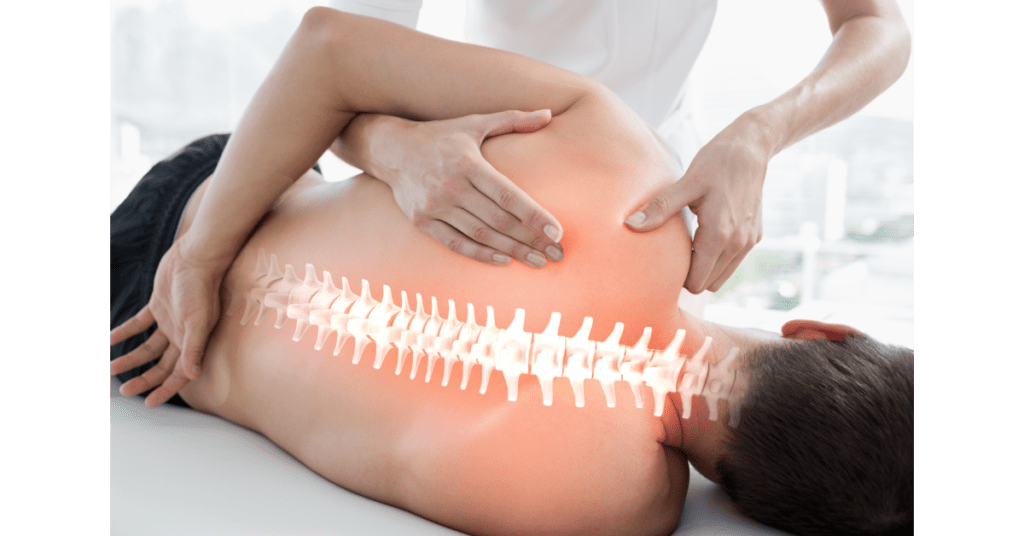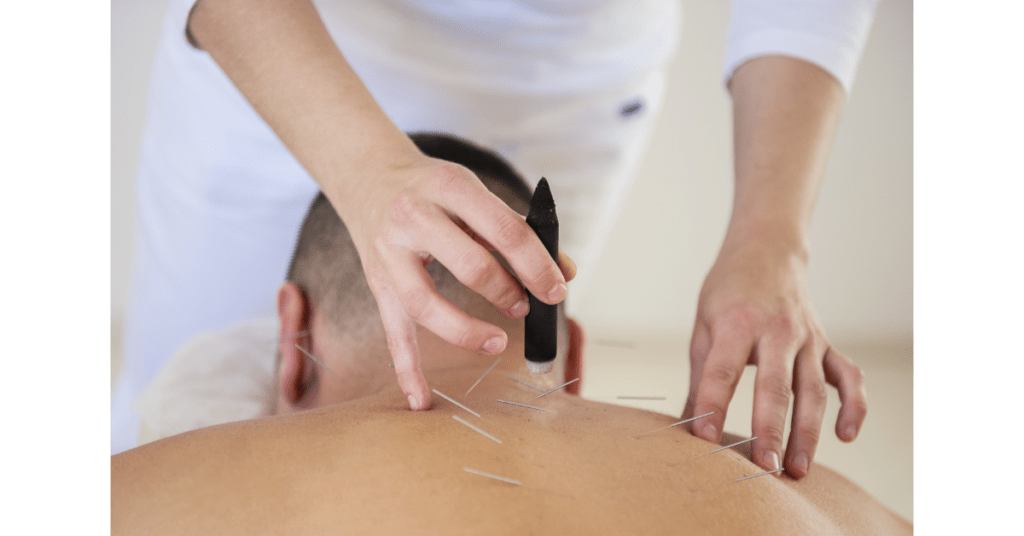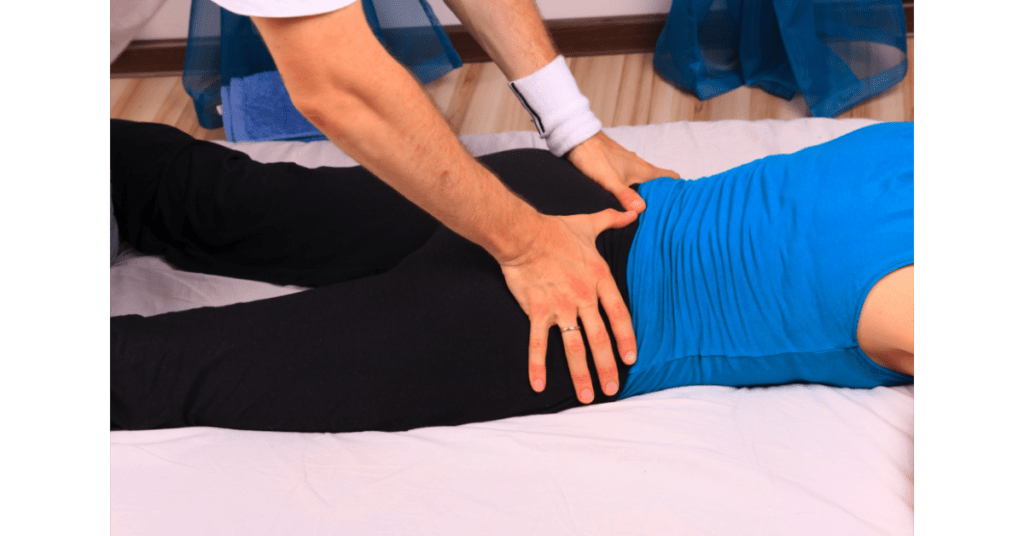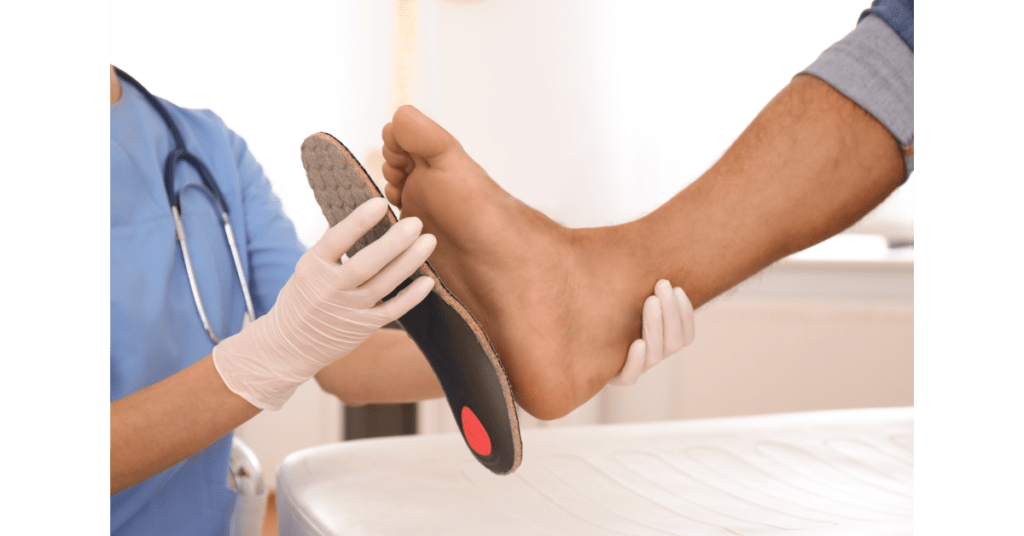What is a Heel Spur?
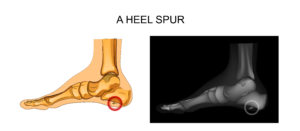
A bony growth on the heel side (or underside) of the foot is called a heel spur. Made up of calcium, the growth may or may not be visible. Due to excessive strain on the foot, soft tissues in the heel wear out over a period of time. They do not cause pain but get noticed due to some other foot condition. Since there are many types of heel pain, sometimes it becomes difficult to identify the exact cause. For example, both plantar fasciitis and heel spurs are the result of excessive stress and strain on the feet. They may occur as a result of walking, running, sports, increasing age, or other stress conditions, like frequently standing in a job. The symptoms of both conditions are similar and can be confused with each other. However, they can also occur together at the same time.
What causes a Heel Spur?
Several risk factors can lead to developing a heel spur. For example, repeated and long-term stress on the feet, whether related to work or recreation, being overweight, increasing age, frequently walking barefoot, wearing high heels, or poorly fitting shoes, improper gait or walking patterns can increase the likelihood of developing a heel spur. Other causes include plantar fasciitis, diabetes, and arthritis, or congenital conditions, as soft tissue pulls at the attachment to bone.
What are the signs and symptoms of a Heel Spur?
The symptoms of a heel spur and plantar fasciitis are similar. Pain begins in the heel and spreads to the arch of the foot. The stabbing pain usually starts as soon as you stand after getting out of bed and becomes dull as the day progresses. Other symptoms are heel pain after heavy exercise, stiff heel or feeling pins and needles in the foot.
If you have concerns about symptoms of a heel spur, consult a physiotherapist at 3630 Lawrence Ave E, Scarborough, ON M1G 1P6, or at 200 Marycroft Ave, Unit #6, Woodbridge, ON, L4L 5X9 and book an assessment right now.
How is a Heel Spur treated?
The treatment of a heel spur includes at-home treatment, medications, physiotherapy and surgery. Medication for a heel spur is a short-term solution. At-home treatment includes avoiding activities that cause pain or put pressure on the foot, resting the foot and applying ice packs and anti-inflammatory drugs (NSAIDs) like Ibuprofen or Naproxen or Corticosteroid injections. Surgery for a heel spur is rare. Most surgeries are done for people who have both plantar fasciitis and heel spur. However, if surgery is taken up as the last resort, physiotherapy is important for rehabilitation.
Physiotherapy for a Heel Spur
Physiotherapy is a non-surgical and drug-free treatment. The main purpose of physiotherapy is to reduce pain, swelling and prevent recurrence. It is based on individual requirements and helps in regaining strength and increasing function and mobility. Physiotherapy for heel spur pain treats inflammation and simultaneously helps break down the calcium build-up through manual or therapeutic ultrasound. It may include activity modification and functional retraining such as gait exercises, stretching and strengthening and range of movement exercises. Physiotherapy provides preventative strategies to help manage one’s work and lifestyle. Orthotics, taping, patient education and a personalized exercise plan that encourage continuous improvement and progress are also part of physiotherapy. Other treatments include cross-disciplinary pain-relieving therapies like Massage therapy, Manualy therapy, Heat and cold therapy, Ultrasound therapy, Interferential current therapy (IFC) and Acupuncture.
At our clinic we have notice by using Simply Align Technique which includes advance physical modalities including Shockwave therapy, activity modification and specific exercises we have faster, longer lasting results with reduced healing time.
Can a Heel Spur go away?
No, a heel spur cannot go away on its own. If the problem is detected at an early stage, it is possible to reduce new bone growth. Heel spurs are a serious condition and hence prognosis can sometimes take between four to twelve weeks.
Can a Heel Spur be prevented?
Yes, a heel spur can be prevented. People, who play sports, run or have a job that requires prolonged periods of standing, must consult a qualified physiotherapist about the most appropriate exercises for them. However, one can take a few steps to prevent or at least reduce the chance of developing a heel spur. Warming up and stretching, before and after exercises, taking regular breaks from continuously remaining on the feet, wearing orthotics and supportive shoes for the specific activity and practicing good posture are beneficial. In addition, it is important to maintain a healthy weight and follow a non-inflammatory diet by avoiding refined and processed foods and sugar. Foot orthotics may also prevent heel spurs.

